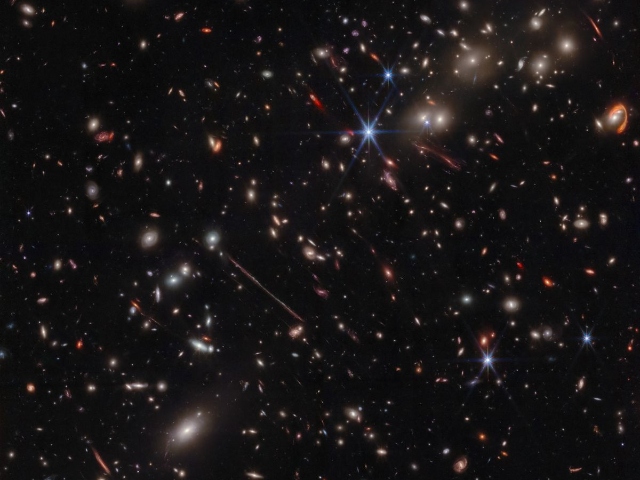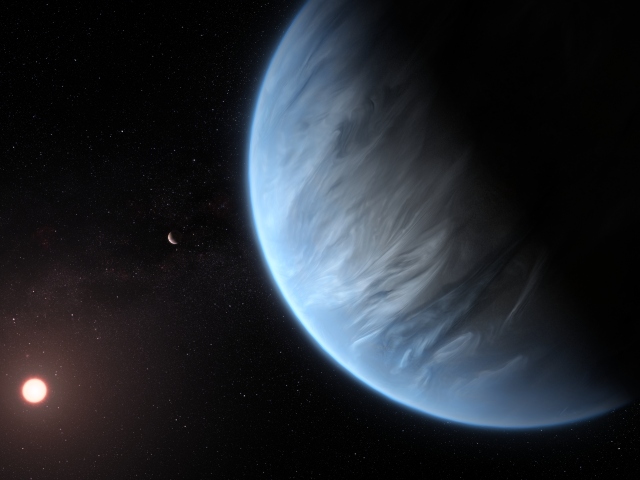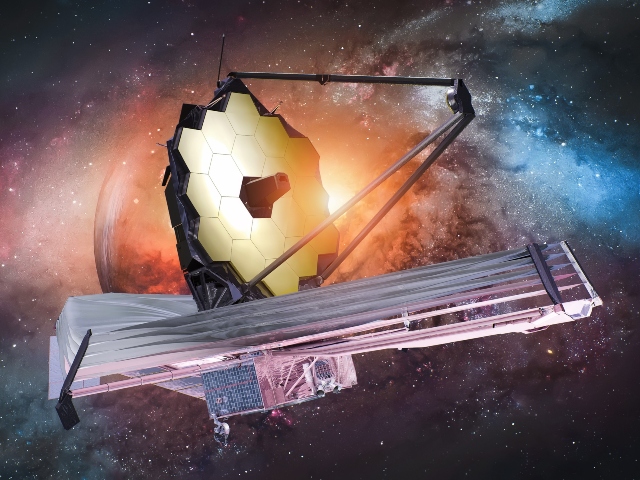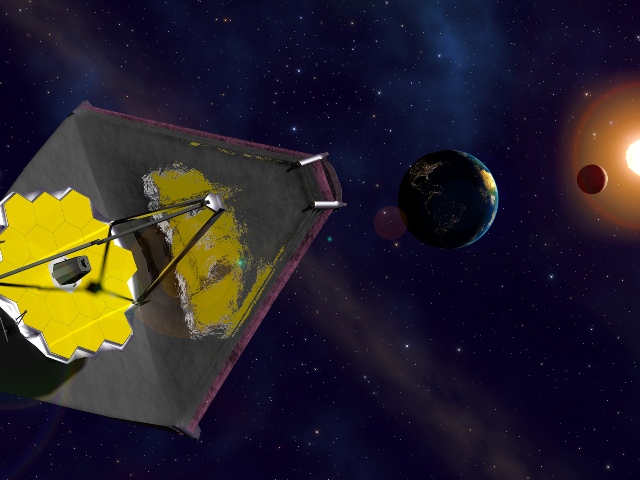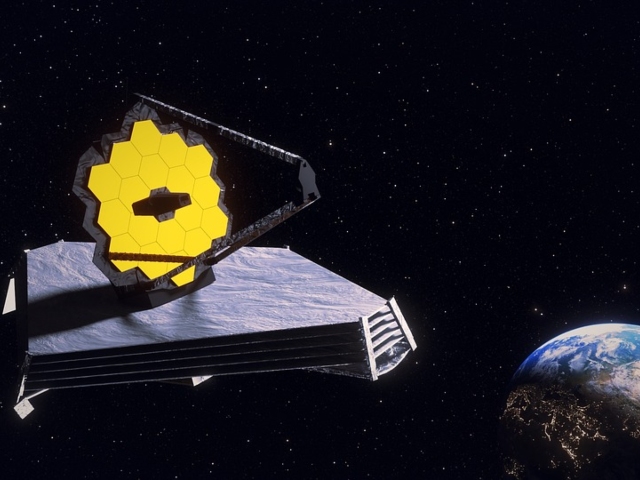
-
James Webb Space Telescope
-
James Webb Telescope’s Newest Find Suggests We’ve Misunderstood The Universe
16 Apr 2024 by Tayla / No Comments
This might be the only time that a mistake in understanding is considered exciting.
-
James Webb Space Telescope Finds Tentative Evidence Of ‘Signs Of Life’ On Faraway Planet
13 Sep 2023 by Heinrich / No Comments
NASA has indicated that the James Webb Space Telescope may have detected a molecule in the atmosphere of a distant exoplanet, which on Earth is only produced by life.
-
Must Watch: James Webb Space Telescope Docuseries On Netflix Shoots For The Stars [Video]
31 Jul 2023 by Maya-Rose Torrao / No Comments
If you’re a fellow space-geek, the four-part Netflix docuseries Unknown: Cosmic Time Machine should be entering your personal orbit.
-
NASA Drops Awesome Image Of Star Nursery In Celebration Of JWST’s First Year Of Science
13 Jul 2023 by Tayla / No Comments
“Our own Sun experienced a phase like this long ago, and now we have the technology to see the beginning of another’s star’s story.”
-
Time To Feel Small Again – Webb Telescope Stares Deeply Into The Starry Heart Of A Galaxy Far, Far, Far Away [Video]
05 Jun 2023 by Tayla / No Comments
Feeling small is nice if you just go with it and pretend you’re an atom being sucked into the void, without bills or adult friendships to worry over.
-
James Webb Telescope Captures Rarely Seen Moment Of A Dying Star [Images]
15 Mar 2023 by Tayla / No Comments
Supernovas have been captured before. But the singular moment right before the star dies has never been seen before the way it has now.
-
“It’s Bananas” – JWST Found Small Red Dot Shaking Up Understanding Of Galaxy Formation
27 Feb 2023 by Tayla / No Comments
While scanning a region of the cosmos near the Big Dipper, a group of astronomers identified something that has pretty much blown their minds.
-
Neptune’s Ring Has Never Been Seen In Such Detail Before
22 Sep 2022 by Tayla / No Comments
We’ve only ever seen this icy giant in great detail when NASA’s Voyager 2 became the first and only space probe to fly past it for just a few hours in 1989.
-
The James Webb Telescope Is At It Again
14 Sep 2022 by Tayla / No Comments
The latest showcase is of the Orion Nebula, a star nursery located 1 350 light-years from Earth in the Orion constellation, now revealed in incredible detail.
-
James Webb Space Telescope Captures Cosmic Tarantula [Images]
07 Sep 2022 by Tayla / No Comments
Being 161 000 light-years away was no problem for the highly sensitive James Webb Space Telescope, which captured the cosmic arachnid in stunning detail.
-
James Webb Space Telescope Nails The Phantom Galaxy
30 Aug 2022 by Tayla / No Comments
The remarkable gold-plated, infrared eyes have been capturing far-flung galaxies as well as shedding light on a bevvy of scientific questions and concerns.
-
It’s Impossible Not To Feel Tiny While Zooming In On The Cartwheel Galaxy [Video]
16 Aug 2022 by Tayla / No Comments
While seeing the Cartwheel Galaxy in such clear light is impressive, a new video released by the European Space Agency shows just how incredibly far away it actually is.
-
James Webb Space Telescope Sheds New Light On Incredible Cartwheel Galaxy [Images]
03 Aug 2022 by Tayla / No Comments
JWST has peered into deep space again with its infrared gaze and discovered the “stellar gymnastics in The Cartwheel Galaxy”.
-
Power Of The James Webb Space Telescope Summed Up In A Single GIF
27 Jul 2022 by Tayla / No Comments
The JWST views light in the infrared spectrum – on Earth, we can feel infrared light as heat – which allows the instrument to see far, far more of the universe.
-
Astronomers Pinpoint Incredible Discoveries Via James Webb Space Telescope [Images]
21 Jul 2022 by Tayla / No Comments
Sifting through the public James Webb Space Telescope datasets, stargazers across the planet have been hard at work.
-
The James Webb Space Telescope Encounters Its First Major Problem
19 Jul 2022 by Tayla / No Comments
It turns out that all those lovely golden mirrors on the miraculous James Webb Space Telescope (JWST) are quite vulnerable to being damaged by space rocks.
-
Latest Round Of Incredible Images From James Webb Space Telescope
13 Jul 2022 by Tayla / No Comments
The first image was shown to the world on Monday, but little did we know that NASA would be releasing other amazing photos from the first batch throughout yesterday.
-
Here It Is: First Image From $10 Billion James Webb Space Telescope
12 Jul 2022 by Tayla / No Comments
The James Webb Space Telescope shows us a version of the universe that is chock-a-block with galaxies, some ranging back to an unimaginable time.
-

